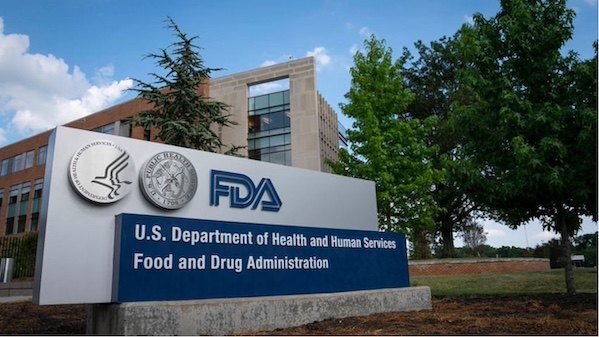Arcutis’ Zoryve bags 2nd FDA nod, this time as a foam to treat ‘the great neglected disease in dermatology’
December 19, 2023
Source: drugdu
 280
280
 About a year after Arcutis Biotherapeutics unveiled positive data on roflumilast foam at the European Academy of Dermatology and Venereology congress 2022, the company has clinched a second FDA OK.
About a year after Arcutis Biotherapeutics unveiled positive data on roflumilast foam at the European Academy of Dermatology and Venereology congress 2022, the company has clinched a second FDA OK.
Late Friday, Arcutis’ roflumilast—now approved in both cream and foam form under the brand name Zoryve—passed muster with U.S. regulators to treat seborrheic dermatitis in patients ages 9 and older.
Arcutis has previously estimated there are more than 10 million people in the U.S. with seborrheic dermatitis, which causes red patches on the skin covered with large, flaking scales and a persistent itch. The disease most often affects parts of the body with oil-producing glands, such as the scalp, face, upper chest and back.
Back in July 2022, roflumilast’s cream formulation won the company's first approval in plaque psoriasis.
In both its forms, roflumilast targets phosphodiesterase-4 (PDE4), an intracellular enzyme that boosts production of pro-inflammatory mediators and decreases production of anti-inflammatory mediators, Arcutis said in a press release.
The FDA cleared Zoryve’s new formulation based on positive data from the late-stage Stratum study, which measured efficacy on a scale called investigator global assessment (IGA) across five severity grades, according to ClinicalTrials.gov. Those are clear (0), almost clear (1), mild (2), moderate (3) and severe (4).
In the study, 79.5% of patients on roflumilast foam achieved IGA success, which was defined as an IGA score of clear or almost clear, plus a 2-level improvement from baseline or greater.
The trial also showed that roflumilast foam charted statistically significant results on a host of secondary endpoints, including itch reduction or reduction of skin redness, at 8 weeks.
Zoryve’s latest approval marks a “very large commercial opportunity” for Arcutis, the company’s CEO, Frank Watanabe, said in a recent interview.
From a patient perspective, there hasn’t been a new drug for the disease in decades, with existing treatments leaving “a lot to be desired,” he said.
In terms of the opportunity in store for Arcutis, Watanabe said he somewhat ironically refers to seborrheic dermatitis as “the great neglected disease in dermatology.”
Aside from being “quite prevalent,” the disease carries “significant psychosocial burdens for the patients,” the CEO explained.
As treatment stands, prior drugs approved for the disease either suffer from “modest efficacy” or “safety concerns,” plus the issue of convenience, Watanabe pointed out.
Ahead of its approval, Arcutis had already been getting the word out to educate patients and doctors about seborrheic dermatitis.
Back in September, the company launched its "Clearing Up Seb Derm" campaign to help close gaps in patient diagnoses. According to Arcutis, it takes an average of 3.6 years from the onset of symptoms for a patient to seek a visit to their healthcare provider.
As with Zoryve cream, ensuring access will form a “hallmark” of the foam’s launch, he added.
“We would expect [the foam’s coverage] to mirror what the coverage that we’ve seen with Zoryve cream in plaque psoriasis—or very similar to the coverage we’ve seen—which is very good,” Watanabe said.
When Arcutis rolled out Zoryve cream in plaque psoriasis, the company set a wholesale acquisition cost much lower than the list price of its rivals.
As for the foam presentation, the CEO said Arcutis will likely "take a very similar approach."
https://www.fiercepharma.com/pharma/arcutis-zoryve-bags-second-fda-nod-time-foam-form-treat-seborrheic-dermatitis
By editorRead more on
- CoreMedik Unlocks Dual Certifications for Implantation & Intervention of Artificial Heart December 25, 2025
- First in over 70 years! New drug for schizophrenia approved in China December 25, 2025
- Is the “anti-aging drug” a scientific breakthrough or a capital game? December 25, 2025
- Wegovy oral tablets receive FDA approval, ushering in the “dual-dosage era” for GLP-1 weight-loss drugs December 25, 2025
- The leading medical device company’s new venture is aiming for an IPO! December 25, 2025
your submission has already been received.
OK
Subscribe
Please enter a valid Email address!
Submit
The most relevant industry news & insight will be sent to you every two weeks.



